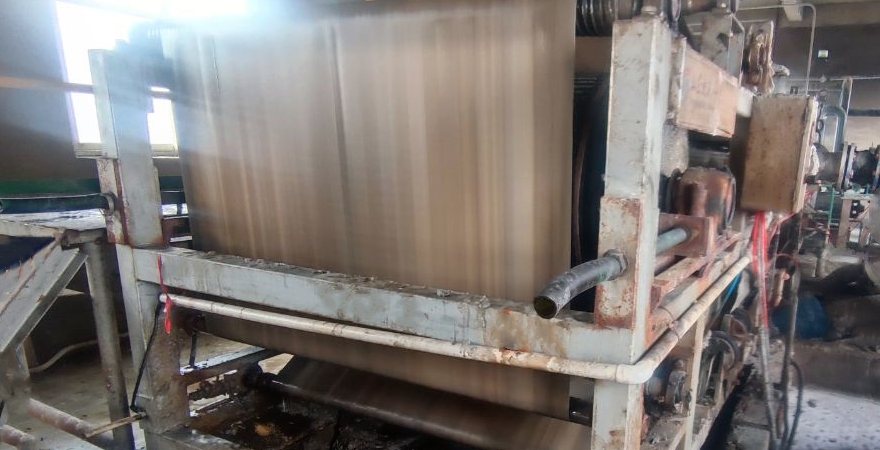
In filtration equipment, the choice of filter cloth directly affects filtration efficiency. Many ask: Is filtration rate related to the filter cloth selection? The answer is yes. Below, Bolian provides a brief overview of the principles and selection tips.
The air resistance, water resistance, and the initial filtration rate under pressure or vacuum all reflect the filter cloth’s ability to allow fluid to pass under different conditions, directly or indirectly indicating the initial filtration rate. Air resistance refers to the resistance when air passes through the filter cloth; water resistance refers to the same concept with water—both measured with single fluids. The initial filtration rate under pressure or vacuum indicates the cloth’s performance with typical dilute materials. While these three indicators are related, their proportional relationship varies by filter cloth type.

Generally, industrial filter cloths with high air resistance also have high water resistance, and higher resistance means a lower initial filtration rate—vice versa. Bolian recommends considering these indicators comprehensively when selecting filter cloth. For gas-solid separation, air permeability should be the main criterion; for liquid-solid separation, water permeability or initial filtration rate is more appropriate.
In fact, filtration equipment's productivity is closely related to the filter cloth's filtration rate. When choosing industrial filter cloth, one must improve equipment efficiency while meeting required filtration precision. Typically, filter cloths with better particle retention have higher resistance, while those with lower retention perform better with thin, low-concentration materials by offering lower resistance and higher throughput.